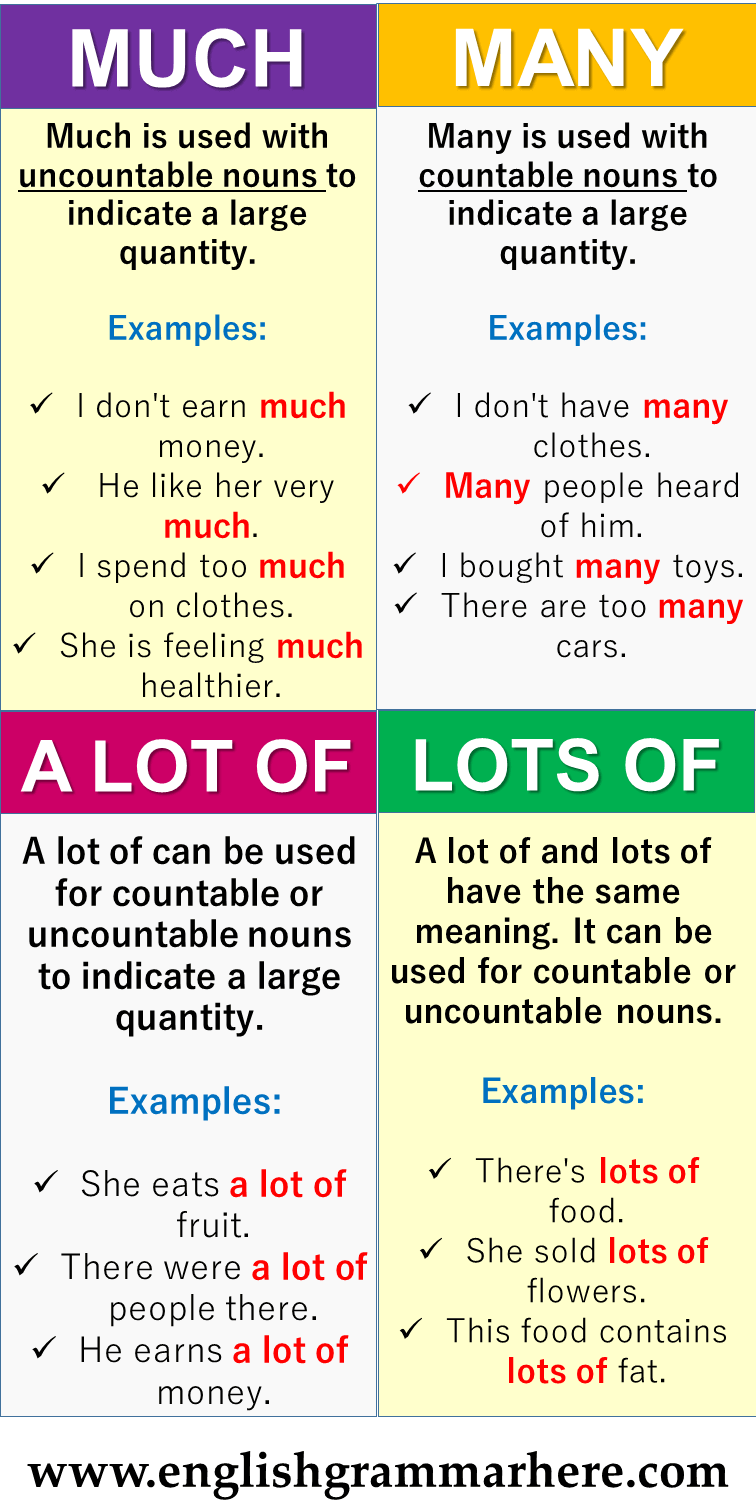

No space before or after a colon when used to express ratios or the time of day using the 24-hour clock, or to separate chapter and verse, volume and page, act and scene in references to books, plays, etc.: No space before or after a comma used to separate triads in numbers (see Note 2 in 5.09 Decimal fractions): The terms "interfacing," "conferencing" and "downsizing" are now part of the language of business.No space before or after a comma when followed by a closing quotation mark:

The delegate added, "Is it not high time we tightened our belts and dealt with the deficit?".No space before or after a question or exclamation mark when followed by a closing quotation mark, parenthesis or bracket: See also 7.05 Ellipsis points and 8.09 Omissions. No space before the periods following the capital letters in the official abbreviations of provinces and territories and no space after such periods except the last one:Ī space before, between and after ellipsis points: John Fraser Jr., Ellen Putniak and George Zeller were nominated.No space before or after a period when followed by a comma or a closing quotation mark, parenthesis or bracket:

No space before or after a period in multiple numeration:

No space before or after a decimal period between numerals:Ī space before and none after a decimal period not preceded by a numeral:Ī space after a period following a person’s initial: 7.02 SpacingĪs a general rule, in English there is no space before and one space after a punctuation mark. Quotation marks are discussed extensively in Chapter 8 Quotations and Quotation Marks. Finally, punctuation should not be a chore if a passage appears difficult to punctuate, it probably needs to be rephrased. Most readers, however, will be grateful to the writer who opts for a more "open" style, omitting punctuation when this can be done without creating ambiguity. For clarity, too, some grammarians recommend the use of "close" punctuation-the insertion of all punctuation, required or optional, which can be legitimately used. In the interest of clarity, punctuation should be as consistent as possible within a given text. Its role is to clarify, and this principle takes precedence over all precepts governing the use of individual marks of punctuation. Punctuation serves primarily to help show the grammatical relationships between words, but it is also used to indicate intonation.


 0 kommentar(er)
0 kommentar(er)
